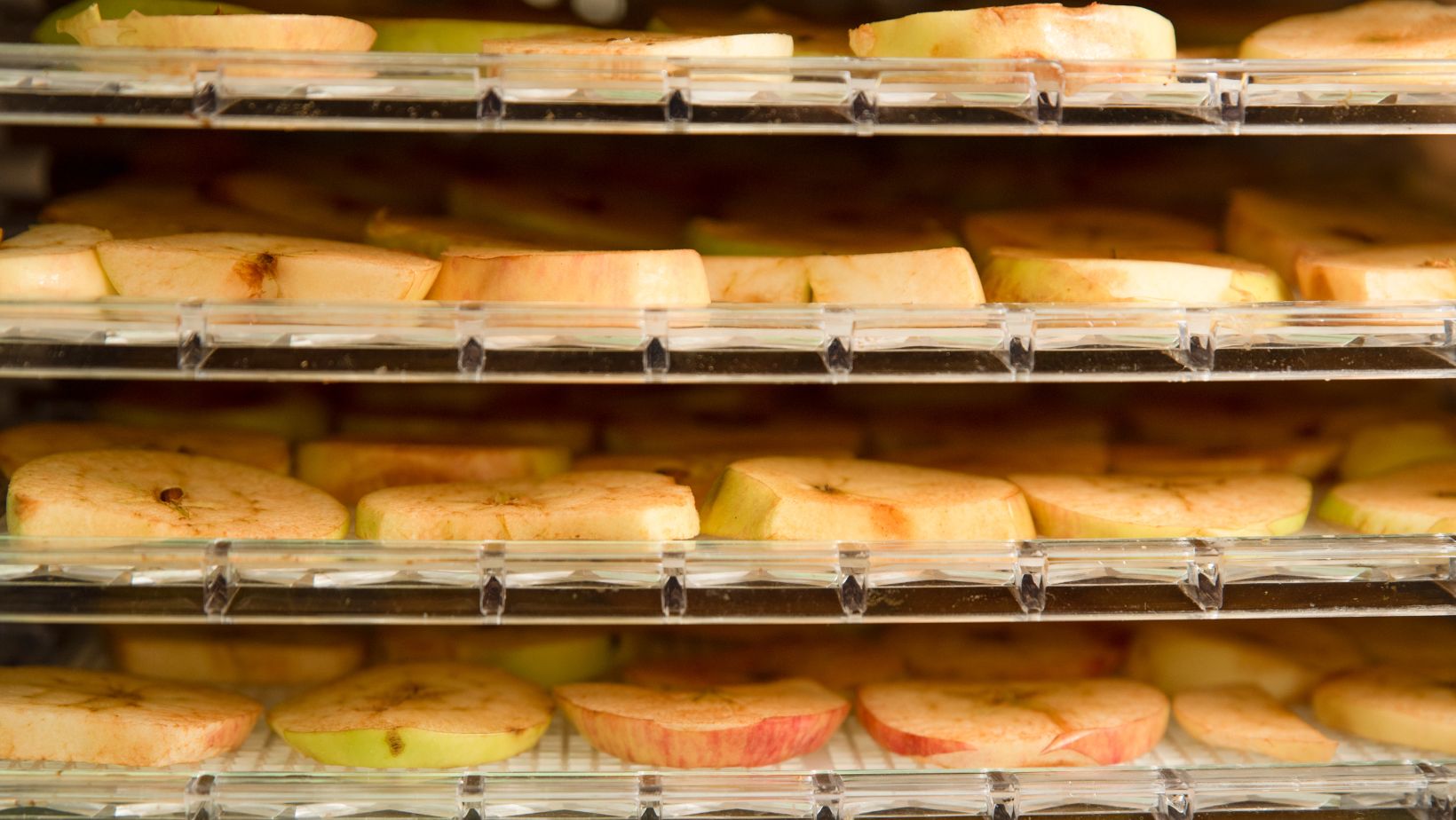A food dehydrator machine is a small appliance that is used to remove water from food by circulating hot air over it. Dehydration is a process that has been used for centuries to preserve food. In modern days food dehydrator machines are becoming increasingly popular as people looking for ways to preserve food without chemicals or additives.
Today these machines are being used widely to make healthy snacks and preserve food like meat, fruits, and veggies. read the post till the end to know all about dehydrator machines, their working, and their benefits. Let's dive into the details without further delay!
How Does a Food Dehydrator Work?
A food dehydrator machine works by circulating hot air over the food, which causes the water in the food to evaporate. The evaporation process removes water from the food, leaving behind the nutrients and vitamins that are essential to our health. The dehydration process also prevents the growth of bacteria and mold, which can cause food poisoning.
The Benefits of Dehydration and Dehydrating Machine
Dehydrating foods is a great way to preserve them for long periods of time without the use of chemicals or additives. Dehydrated foods are also incredibly nutritious, as the dehydration process does not remove any of the essential nutrients or vitamins from the food.
In fact, many people believe that dehydration actually makes foods more digestible and nutritious because it breaks down complex carbohydrates into simpler sugars. Dehydrated foods are also lightweight and easy to store, which makes them perfect for backpackers, hikers, and campers. And because dehydration removes water from foods, it also concentrates their flavors, making them more intense and delicious.
How to Use a Food Dehydration Machine?
When you’re ready to use your dehydrator, start by washing your hands and all of your equipment with warm soapy water.
- Then prepare your food by chopping it into uniform pieces – this will ensure that all of your pieces dehydrate at the same rate. If you’re dehydrating fruits or vegetables, you may also want to blanch them (i.e., boiling them briefly) before dehydrating them to prevent browning.
- Once your food is prepared, place it on the dehydrator trays in a single layer and make sure there is plenty of space between each piece for air circulation.
- Set your dehydrator to the appropriate temperature – most fruits and vegetables should be dehydrated at 125 degrees Fahrenheit, but meats should be dried at 155 degrees Fahrenheit.
- Dehydration times will vary depending on the type of food being dried and the temperature at which it is being dried, but most fruits and vegetables take 6-12 hours to dehydrate while meat takes 8-24 hours.
- Check on your drying progress every few hours to make sure everything is going according to plan – if not, make adjustments as needed (e.g., increase or decrease temperature).
- When everything is finished drying, let it cool completely before storing it in an airtight container in a cool, dark place. Properly stored dehydrated foods should last 6-12 months (or longer).
Conclusion
Using a food dehydrator is relatively simple – you just need to choose the right dehydrator for your needs and then follow the manufacturer’s instructions. There are many different types of dehydrators on the market, so it’s important to do your research before purchasing one. Some factors you may want to consider include capacity, dehydration time, ease of use, and price.


